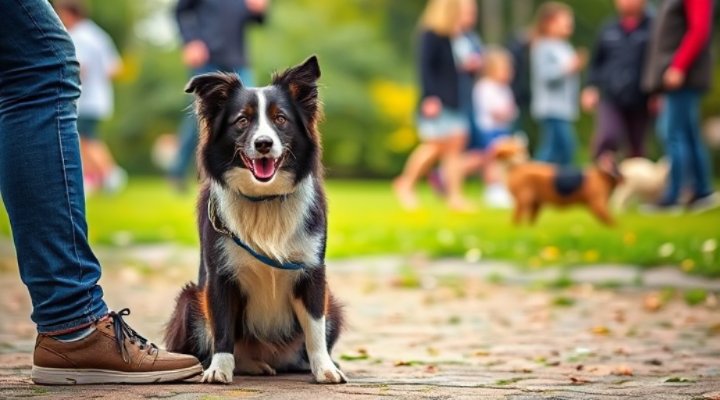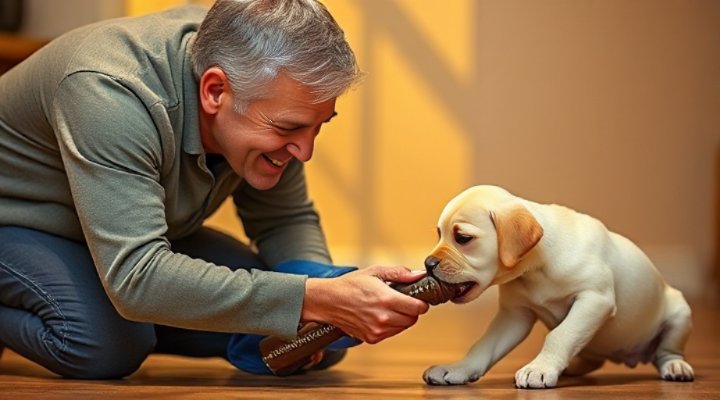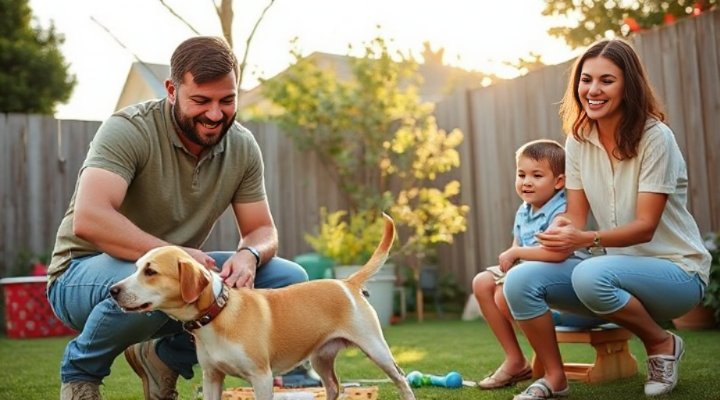Dog behavior training is more than just teaching commands—it’s about building a language of mutual understanding between you and your canine companion. Whether you’re dealing with a new puppy or an older dog with established habits, structured training can transform your pet’s behavior and strengthen your bond.

Understanding the Basics of Dog Behavior Training
Before diving into specific techniques, it’s crucial to understand why dogs behave the way they do. Dogs aren’t being ‘naughty’ when they exhibit unwanted behaviors—they’re simply responding to their environment based on instinct and learned experiences. For instance, that shoe your puppy chewed? From their perspective, it might have been an irresistible chew toy that smelled wonderfully like you.
Positive reinforcement forms the foundation of modern dog behavior training. This method focuses on rewarding desired behaviors rather than punishing unwanted ones. When your dog sits calmly instead of jumping on guests, rewarding that choice makes them more likely to repeat it. Conversely, behaviors that don’t get rewarded tend to fade away over time.

Common Behavior Issues and How to Address Them
Excessive Barking
While barking is natural canine communication, excessive noise can strain neighbor relations. First, identify the trigger—is your dog alerting to strangers, seeking attention, or responding to other dogs? For attention-seeking barking, try the ‘quiet’ command: wait for a pause in barking, say ‘quiet,’ then immediately reward the silence. Gradually increase the quiet time before giving the treat.
Destructive Chewing
Puppies explore the world with their mouths, and adult dogs may chew due to boredom or anxiety. Rather than scolding, redirect to appropriate chew toys. Keep tempting items out of reach and consider crate training when you can’t supervise. Frozen carrots or specially designed chew toys can satisfy the urge to gnaw.

Building Positive Behaviors Through Training
While correcting unwanted behaviors is important, proactively teaching good manners creates lasting results. Start with basic commands like ‘sit,’ ‘stay,’ and ‘leave it,’ which form the building blocks for more advanced training. Keep sessions short (5-10 minutes) and end on a positive note to maintain your dog’s enthusiasm.
Socialization is another critical aspect of behavior training. Exposing your dog to various people, animals, and environments during their critical socialization period (up to 16 weeks for puppies) helps prevent fear-based reactions later. Even older dogs can benefit from gradual, positive exposure to new experiences.

Advanced Techniques for Stubborn Behaviors
Some behaviors require more specialized approaches. For dogs that pull on leashes, try the ‘be a tree’ method—stop walking whenever tension appears on the leash, only moving forward when it slackens. This teaches your dog that pulling gets them nowhere, while loose leash walking leads to progress.
For more challenging cases like aggressive behaviors, consider consulting a professional trainer. They can assess whether the behavior stems from fear, territoriality, or other causes and develop a tailored behavior modification plan.

Maintaining Training Success Long-Term
Consistency is key in dog behavior training. Ensure all family members use the same commands and reward system. Incorporate training into daily routines—practice ‘sit’ before meals or ‘stay’ before going through doors. Regular mental stimulation through interactive games and puzzle toys can also prevent boredom-related behaviors.
Remember that every dog learns at their own pace. Celebrate small victories and be patient with setbacks. With time and positive reinforcement, you’ll transform those frustrating habits into behaviors that make you proud of your well-trained companion.
Related Keywords: dog obedience training, puppy behavior correction, positive reinforcement techniques, canine behavior modification, professional dog training
